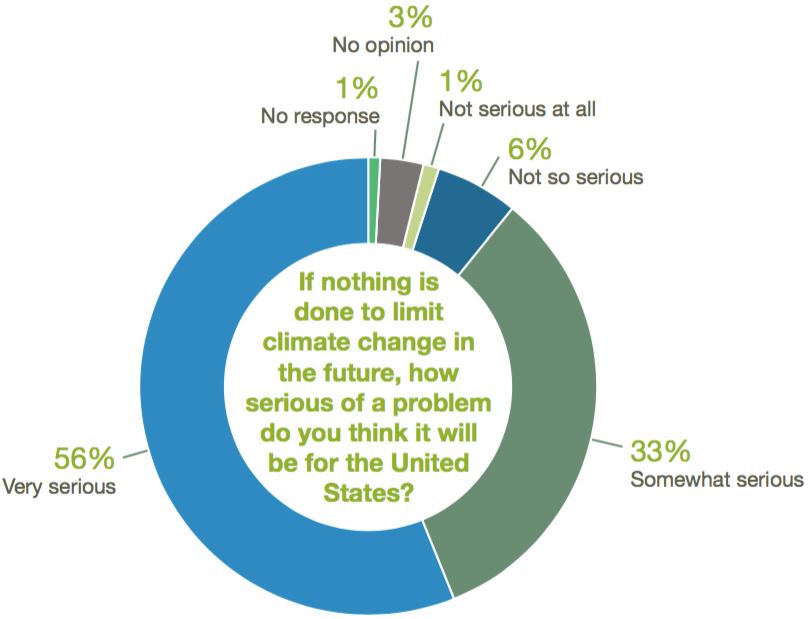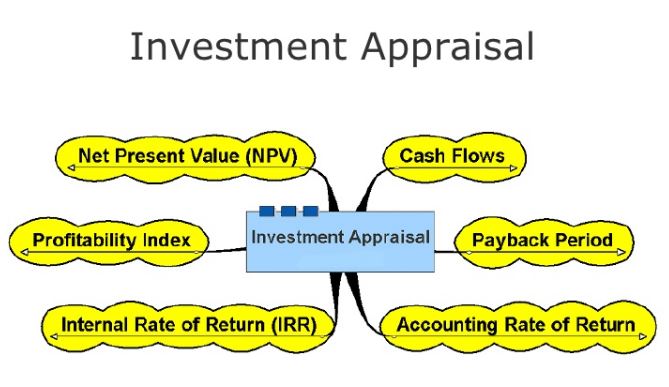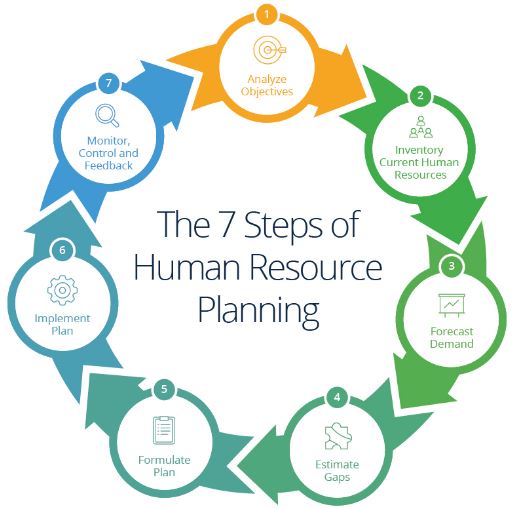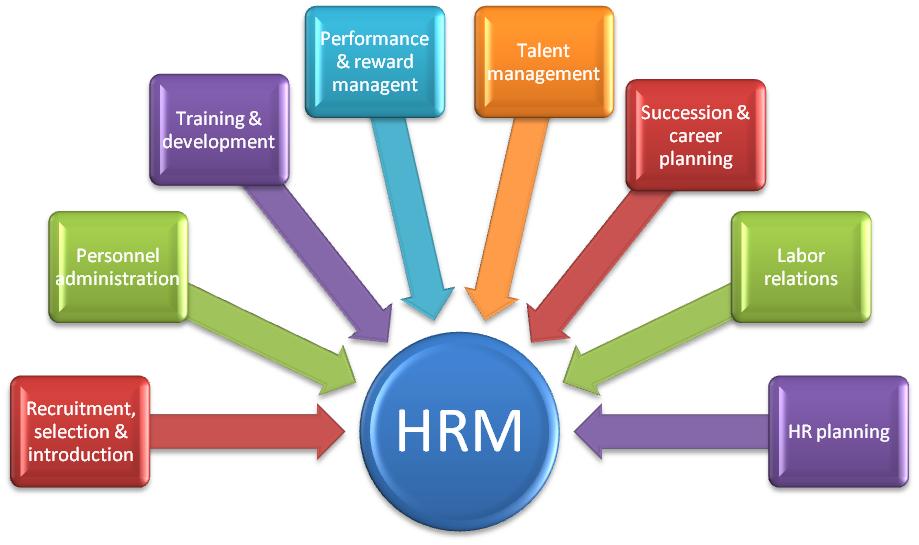Implications of Servitization in Operations Management
The concept of servitization in operations management has become more pronounced in the last one decade. The term sensitization is defined as where the manufacturer offers services that are in line with the traditional products offerings. The service industry is growing globally and dominating the world’s economies and much of the strategic thinking of business. Businesses have in the recent bundled together products and services with the aim of increasing value of their companies. This paper aims to increase the understanding of the concept of servitization in operations management. The paper is based on a systematic review of journals of servitization in manufacturing. Through critical literature review, the paper seeks to understand the extent of servitization across the global, the motivation behind servitization in operations management and the implication of servitization in operations management.
Literature Review
Servitization is happening across all the industry and all the countries across the globe. According to Vandermerwe and Rada (1998), it is the forces of globalization, fierce competitive pressure and forces of deregulation that have pushed both firms in the services industry and the manufacturing sector to dramatic move into services. Manufacturing firms have been offering services but not to the extent they are offering today. The manufacturers have specialized more in providing the services that are in line with the products they produce and have set up special units and companies to provide specialized services.
The process of servitization of business occurs in a multi-stage process;
Stage 1: Goods or Services
Initially, companies and firms were either providing goods or offering services. The firms either fit in one of the two companies, with little or no overlap. This was viewed as generating a low level of profits and hence limited revenue to sustain the company in the current competitive market environment. As a result, there was a need for a more advanced source of income which could assist in generating a better income for the day-to-day running of business activities. This led to the next stage in the process of servitization which is more advanced as discussed below.
Stage 2: Goods and Services
With the development of technology and converging trends, it becomes clear that companies needed both goods and services. Therefore, the firms started offering services that were in line with their products. For example, the computer companies demonstrated the inseparable ability of goods and services once and for all.
This stage enabled companies to secure a better profit than the initial stage of dealing with either a good or a service. Apart from the profitability and high generation through producing goods and services at the same time, this stage gave firms and companies superiority over the small firms dealing only with one line of product. Furthermore, it led to strong customer sovereignty and loyalty which increased firm profits and revenue to enable them to cope with the existing tough competition in the global market. Firms saw that this was not enough and they sought to a more advanced stage which could incorporate more commodities.
Stage 3: Goods, services, Support, knowledge, and self-service
The firms have now developed to an advanced stage. This is where the firms consisting of focused bundles that are customers oriented and composed of goods, services, support, self-service, and knowledge. By engaging in this type of business practice, it enabled the firms to acquire more capital goods for producing final products for customers spread across the globe.
The performance was seen as being high together with quality; profitability increased revenue at the same rate. These coupled with government subsidy and provision of incentives contributed to the robust growth in the firm’s sizes and hence development. The bundles are in some cases high standardized and in other cases customized.
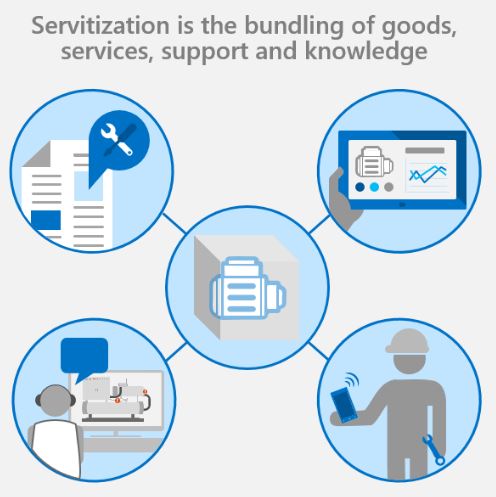
Implications of servitization in operations management
Servitization among the manufactures and other firms across the world has been as a result of increased competitive pressure, forces of globalization as well as the development of technology. Therefore, the manufacturers move to providing services that are in line with their traditional products to increase their competitiveness in the market. The motivation for servitization can be discussed in particular forms of service offerings. In this respect, there is customer based motivation aim at improving the quality of the services that are offered to customers, product-related services which are aimed at providing support services to the products, competitive motivation which is aimed at improving the functioning of the products as well as services aimed at supporting clients. Other motivations include economic motivations which are aimed at increasing the revenues of the firm (Raddats et al., 2016).
Servitization works through some ways to increase the competitiveness of the firms. Some of these ways include setting barriers to possible competitors. Servitization creates barriers for customers to be wooed by competitors. If the customers are in a position to get all their need from the firm, that is both goods and support services, then they are more likely to be glued to the company and remain loyal to the firm. The main idea is to block potential competitors by making the entry into the market too expensive or complex.
Servitization also creates barriers to their customers. The customer who is used to getting all the services from any particular firm will be less likely to leave the firm for a competitor. Offering services to customers together with the products makes it unnecessary for them to look for other firms. Servitization also creates dependency on the side of the customers. Through servitization, the customers will depend so much on the products of the firm, and therefore the firm can keep the customers.
Spring and Araujo (2013) discuss the role of servitization in product differentiation. For this case, firms take the advantage of servitization by offering product-services combinations that are unique to any other firms’ products. Servitization increases the complexity of the firm’s products and services and therefore hard for the competitors to match the design of the products and the services. This makes the firm’s products face little competition in the market, and therefore the income from sales is kept at optimum point hence maximum profits made. Building customer loyalty in the market comes as a result of barriers to entry by other potential competitors since servitization offsets this through product-service combination which makes it different from products of other firms.
Servitization and Profitability
Visnjic and Van look (2012) argues that the relationship between servitization and profitability is complex. The approach that is adopted by any particular firm is the determinant of the level of profitability of servitization. Profitability is related primarily to the level of service culture, that is, to the firm qualities and that of the employees since they participate directly in the company’s activities. The provider’s employees must be autonomous, competent and able to communicate well with customers and be able to gather useful information for the firm. The customer interface is very important. These aids in the high levels of sales and hence boosting the profitability level. Therefore, service culture becomes a key element in the performance of every firm.
Services are globally more profitable. The main reason behind this is the fact that services have a lower price sensitivity. As a whole, results confirm the assumption that the operational service system must be adapted to the service strategy to attain expected financial benefits (Baines et al., 2017). While managers of manufacturing firms are skeptical, that service could generate potential revenue and real value.
It has been observed that in industries with a high-installed product base (e.g., aerospace, automotive industries), higher revenue potential often exists as service revenues can be one or two orders of magnitude greater than new product sales (Meely, 2008). Moreover, as services seem to be a steadier source of revenue (Smith, Maull and Ng, 2014), increasing service revenues can serve as compensation for declining revenues in equipment sales, and because services are more resistant to economic cycles, they can support steadier cash flows in periods of economic crisis. Furthermore, service offerings tend to be less sensitive to price competition and tend to promote customer loyalty.
Motivation for Servitization
Demand-based/customer demand motivation
Due to high demand for certain services in the local/global markets by the customers, the company may be forced to venture into servitization process and offer the service in high demand. This motive is strongly held by the fact that there is a ready market for the service to accompany to initial products produced by the firm. The final result is the high-profit yield accompanied by high level of income generation (Vinsnjic and Van look, 2012).
Development purposes
A firm is said to be developed when it produces a wide range of products to be sold in the market. Since every company aspires to increase its profitability and the desire for continued growth, it thus starts servitization due to the high and first service revenues (Vinsnjic and Van look, 2012). Therefore, the firm will experience growth with the product- service provision and hence developing at either constant or increasing rate depending on the technology and labor applied.
Conclusion
Servitization has become an emerging issue in the global business for the past one decade due to the benefits accruing from its practice. From the above description in evolution section, it is a fact that companies advanced progressively from a lower stage of producing single, that’s dealing with a line of product to a better stage of adopting two line products of producing goods and service provision and then finally to the final advanced and technical stage of incorporating goods, services, support, knowledge, and self-service. Furthermore, we looked at the implications of servitization in operations management and finally the critical motivations for practicing servitization as discussed in the above context.
Bibliography
Baines, T., Baines, T., Ziaee Bigdeli, A., Ziaee Bigdeli, A., Bustinza, O.F., Bustinza, O.F., Shi, V.G., Shi, V.G., Baldwin, J., Baldwin, J. and Ridgway, K., 2017. Servitization: revisiting the state-of-the-art and research priorities. International Journal of Operations & Production Management, 37(2), pp.256-278.
Neely, A., 2008. Exploring the financial consequences of the servitization of manufacturing Operations Management Research, 1(2), pp.103-118.
Raddatz, C., Baines, T., Burton, J., Story, V.M. and Zolkiewski, J., 2016. Motivations for servitization: the impact of product complexity. International Journal of Operations & Production Management, 36(5), pp.572-591.
Spring, M., and Araujo, L., 2013. Beyond the service factory: Service innovation in manufacturing supply networks. Industrial marketing management, 42(1), pp.59-70.
Smith, L., Maull, R., and CL Ng, I., 2014. Servitization and operations management: a service dominant-logic approach. International Journal of Operations & Production Management, 34(2), pp.242-269.
Vandermerwe, S. and Rada, J., 1988. Servitization of business: adding value by adding services. European management journal, 6(4), pp.314-324.
Visnjic, I. and Van Looy, B., 2012. Servitization: Disentangling the impact of service business model innovation on the performance of manufacturing firms.
Other Relevant Blog Posts
MBA Operations Management Degree
Sainsburys Operations Management
If you enjoyed reading this post on servitization in operations management, I would be very grateful if you could help spread this knowledge by emailing this post to a friend, or sharing it on Twitter or Facebook. Thank you.

